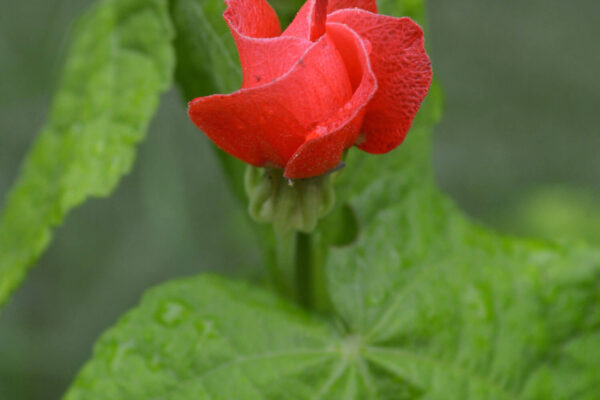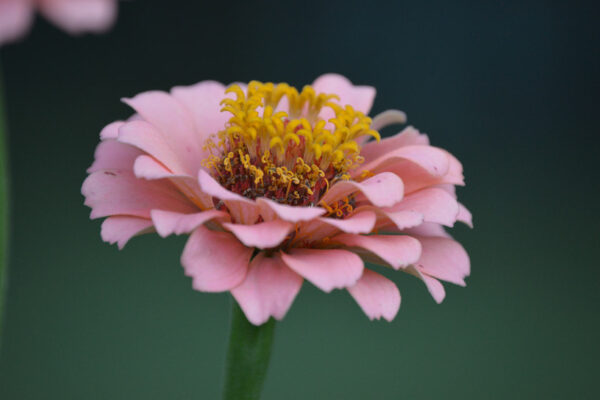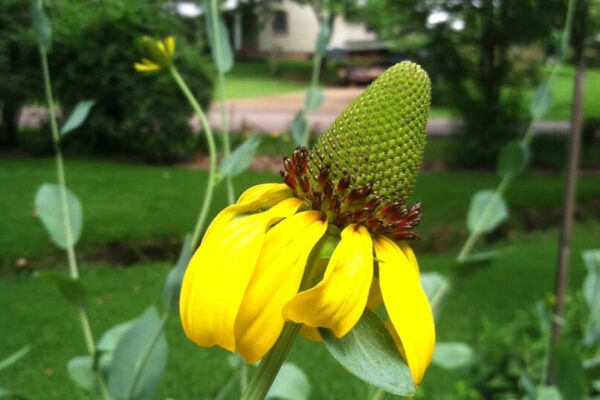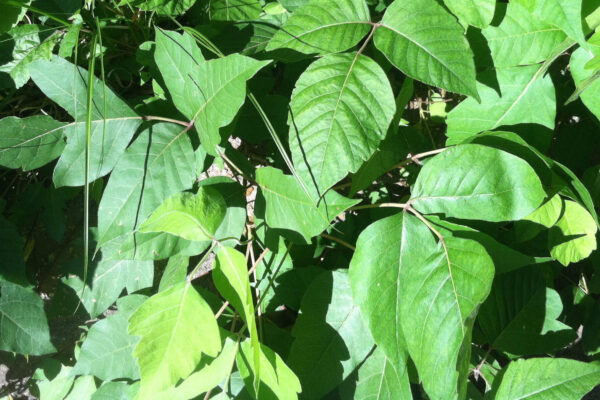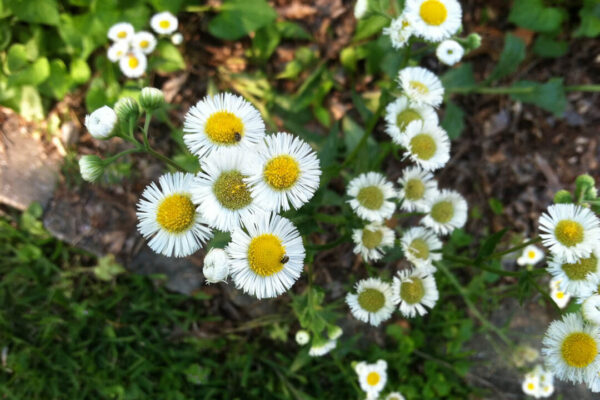This native plant has the coolest little red flowers that hummingbirds love. And they bloom in fall! Turk's Cap (Malvaviscus arboreus) is native to the southern United States. It's hardy in USDA zones 7 through 11. It grows in both sun and part-shade, but plant it in more sun for the best flowers. It is a perennial, deciduous, shrub-like …
plant identification
How to Grow Zinnias
Zinnias are annual plants in the Asteraceae family that offer various heights, colors, and types of flowers. Zinnias are very easy to grow and require little maintenance but offer bright, showy flowers. They attract butterflies and make excellent cut flowers. They are also deer resistant Plant heights range from 6 inches to several feet …
Giant Coneflower – Rudbeckia maxima
Rudbeckia maxima, otherwise known as the giant coneflower, is in the Asteracea family. The flower resembles a brown-eyed Susan, but the petals hang down, and the center is much taller. This plant can grow up to 7 feet tall. Planted in a large group, it makes a nice visual impact. Other common names for this wildflower include cabbage …
How To Identify Poison Ivy
Every gardener will encounter poison ivy at some point. It’s an important plant to be able to identify – even when it doesn’t have leaves. All parts of the plant are poisonous. While some people may not have a reaction to this plant, many will get an itchy, painful rash. The substance (uroshiol) that causes the rash or blisters can be …
Philadelphia Fleabane – Erigeron philadelphicus
Philadelphia fleabane is a native wildflower in the sunflower family (Asteracea); it looks like a small feathery daisy or aster. Many may consider this flowering plant to be a weed, but it struck me as a nice addition to my yard. Although it’s not where I would like it to be at the moment, I will dig it up and transplant it. I have noted that …
Continue Reading about Philadelphia Fleabane – Erigeron philadelphicus

